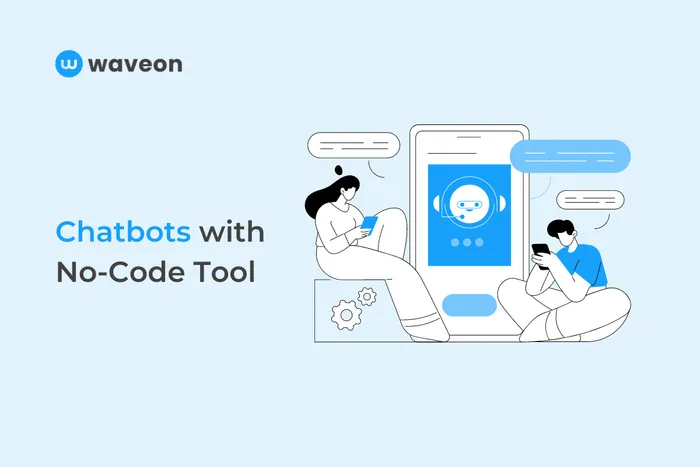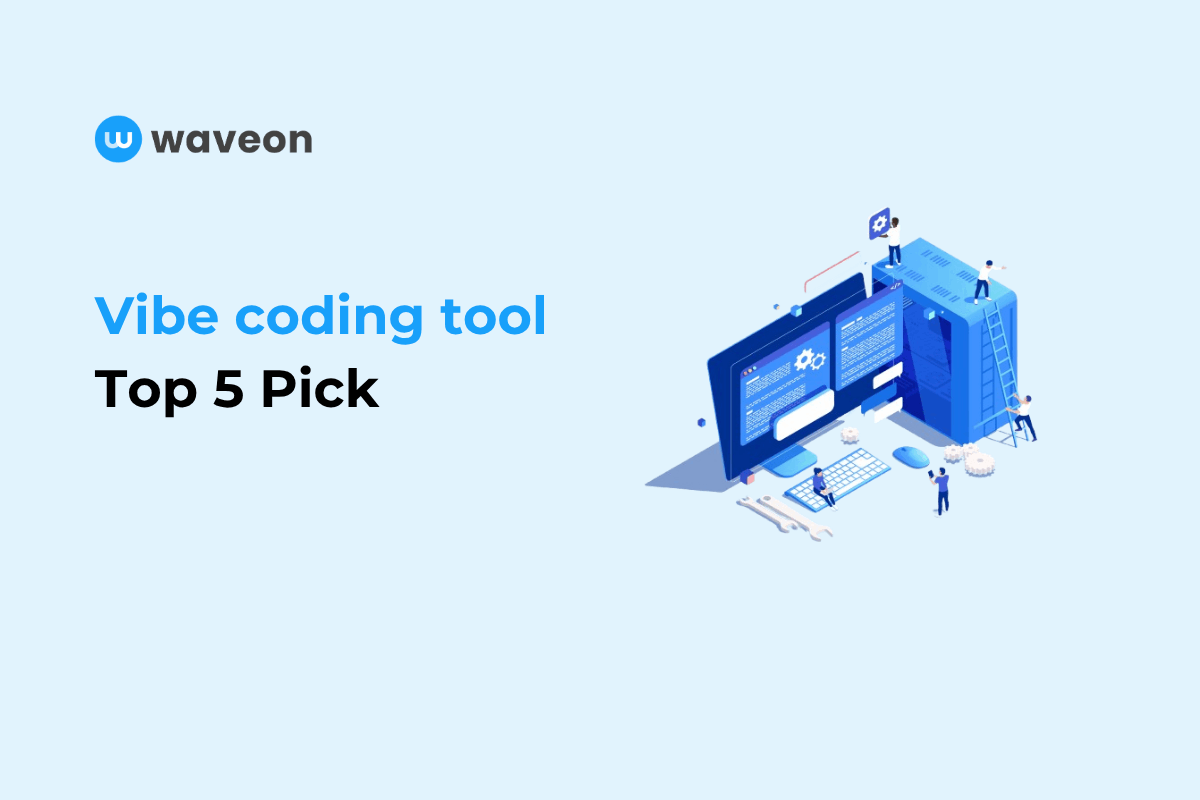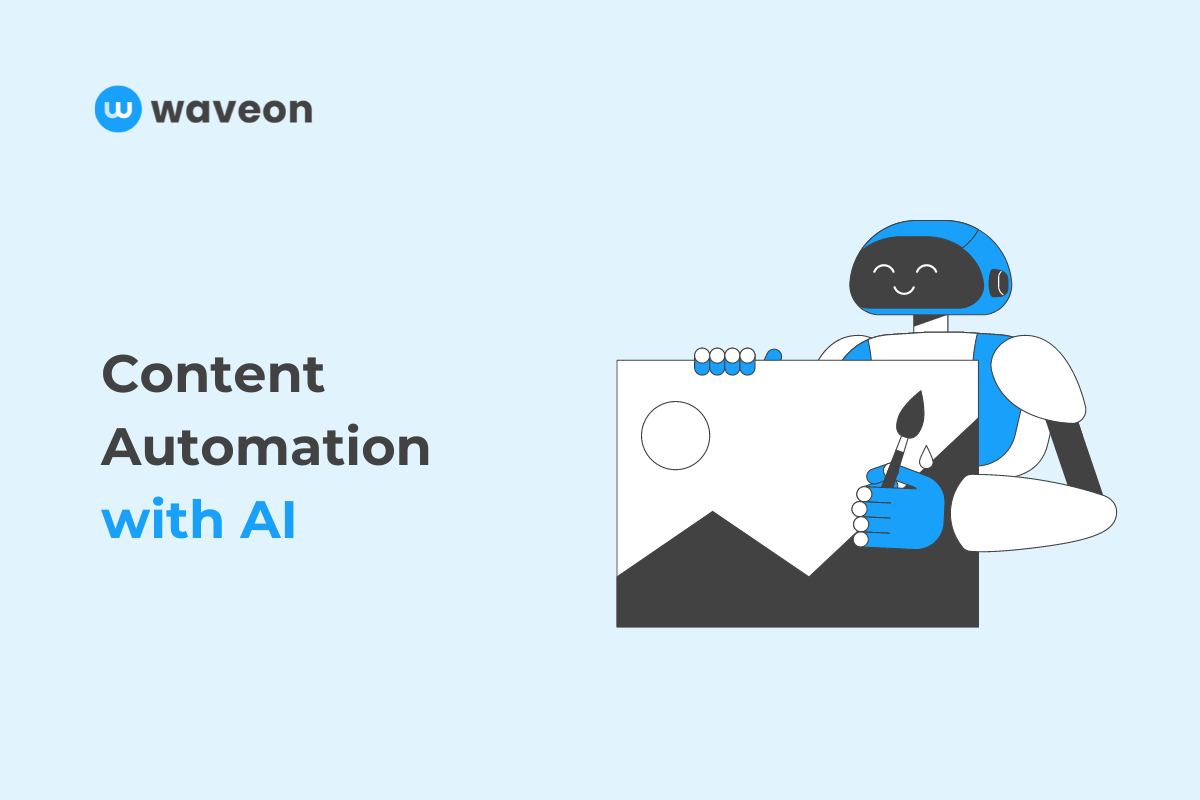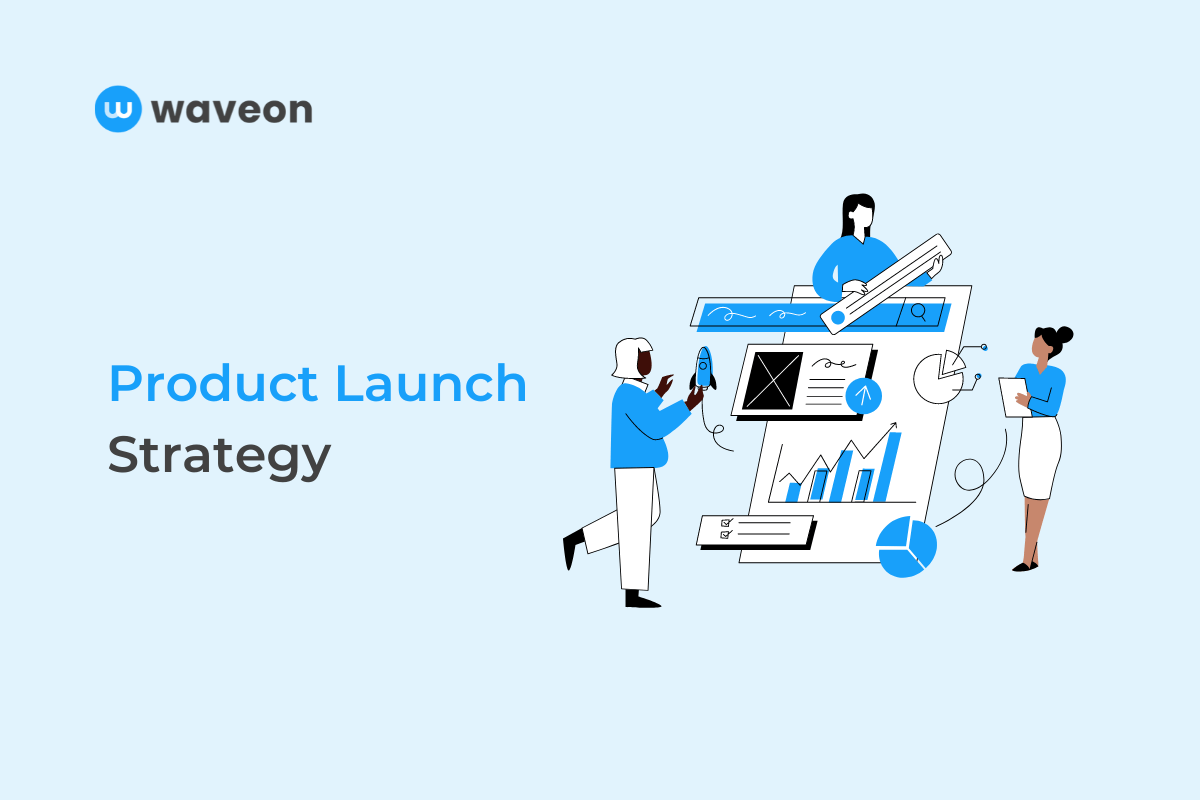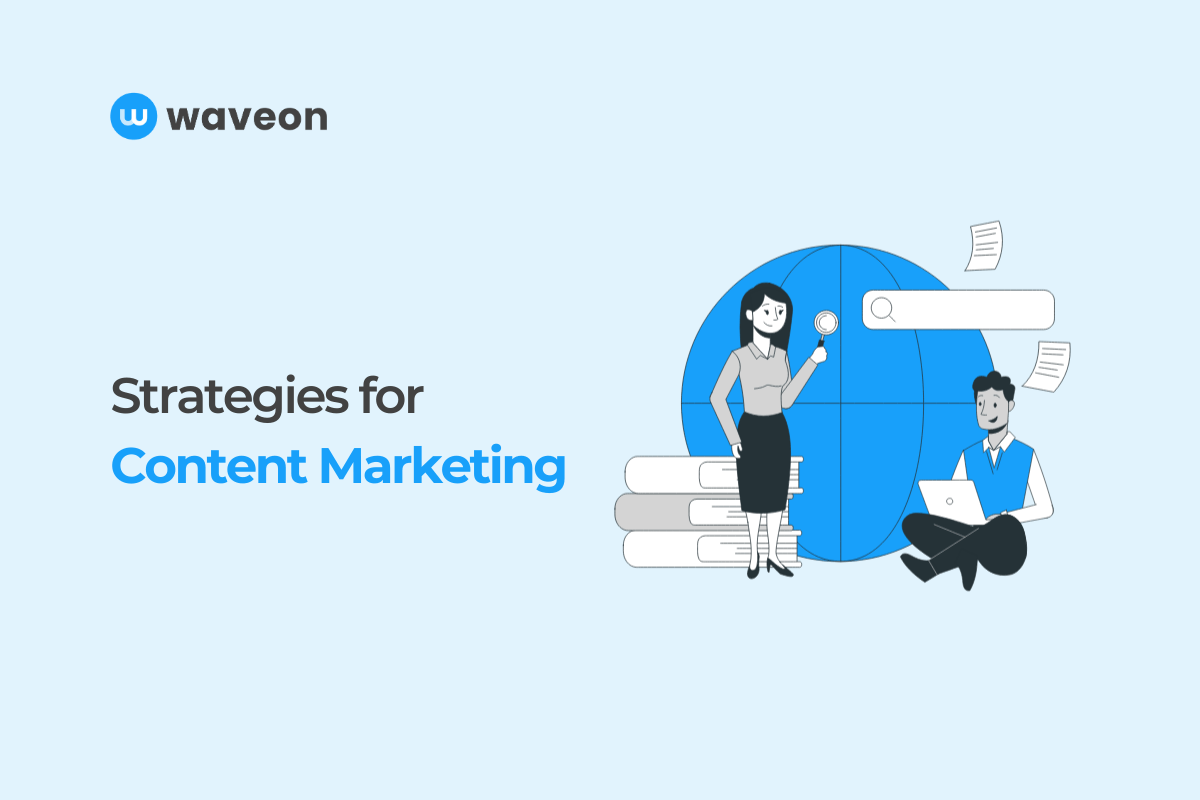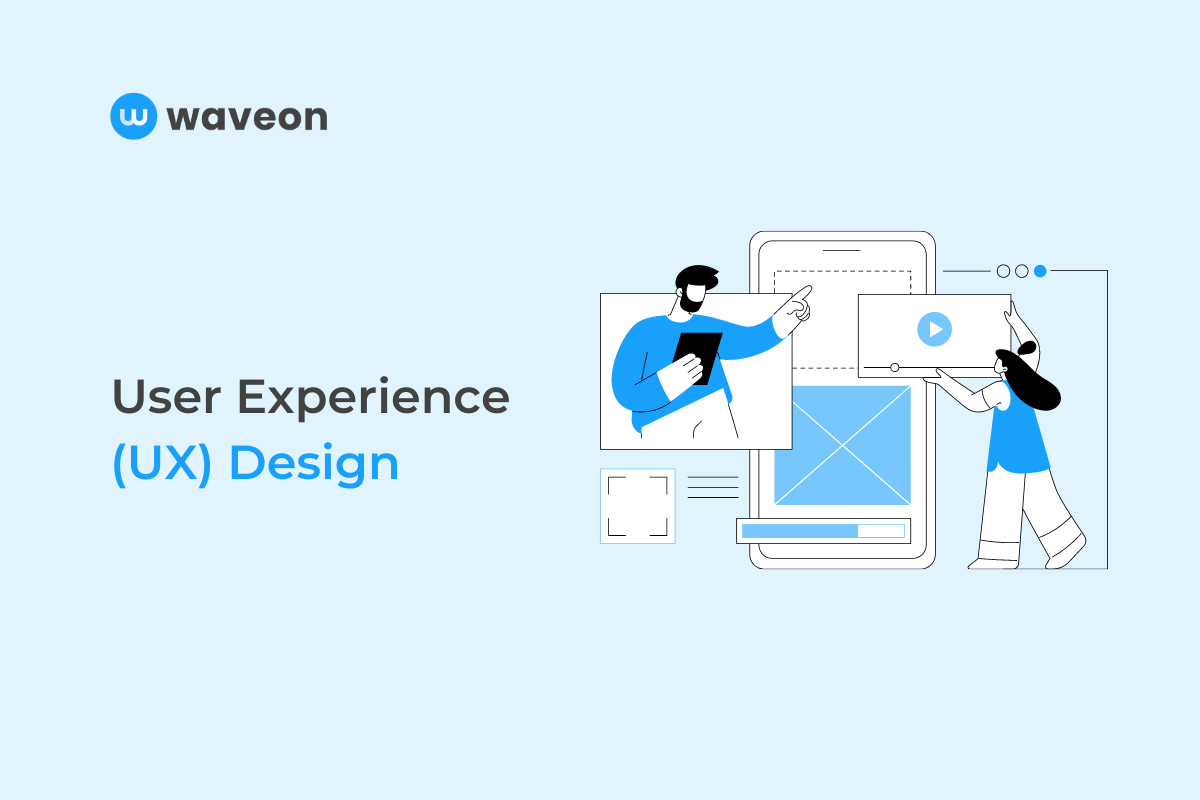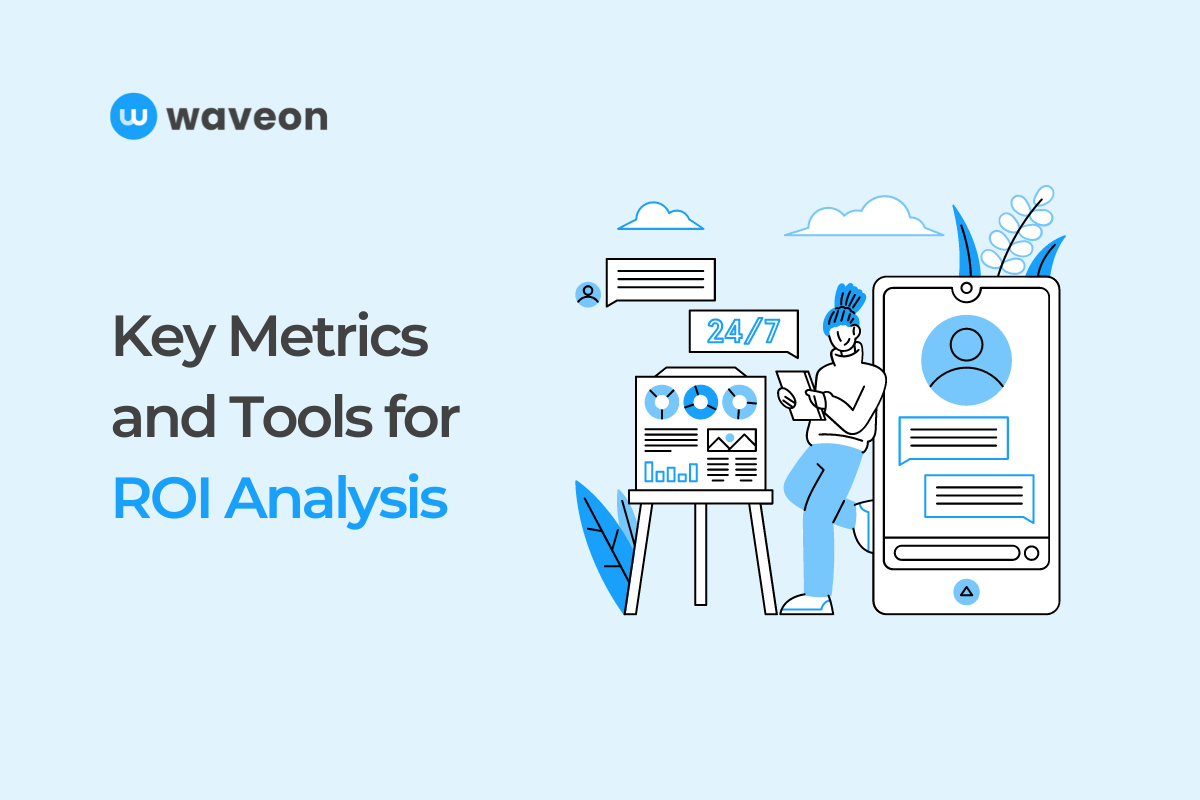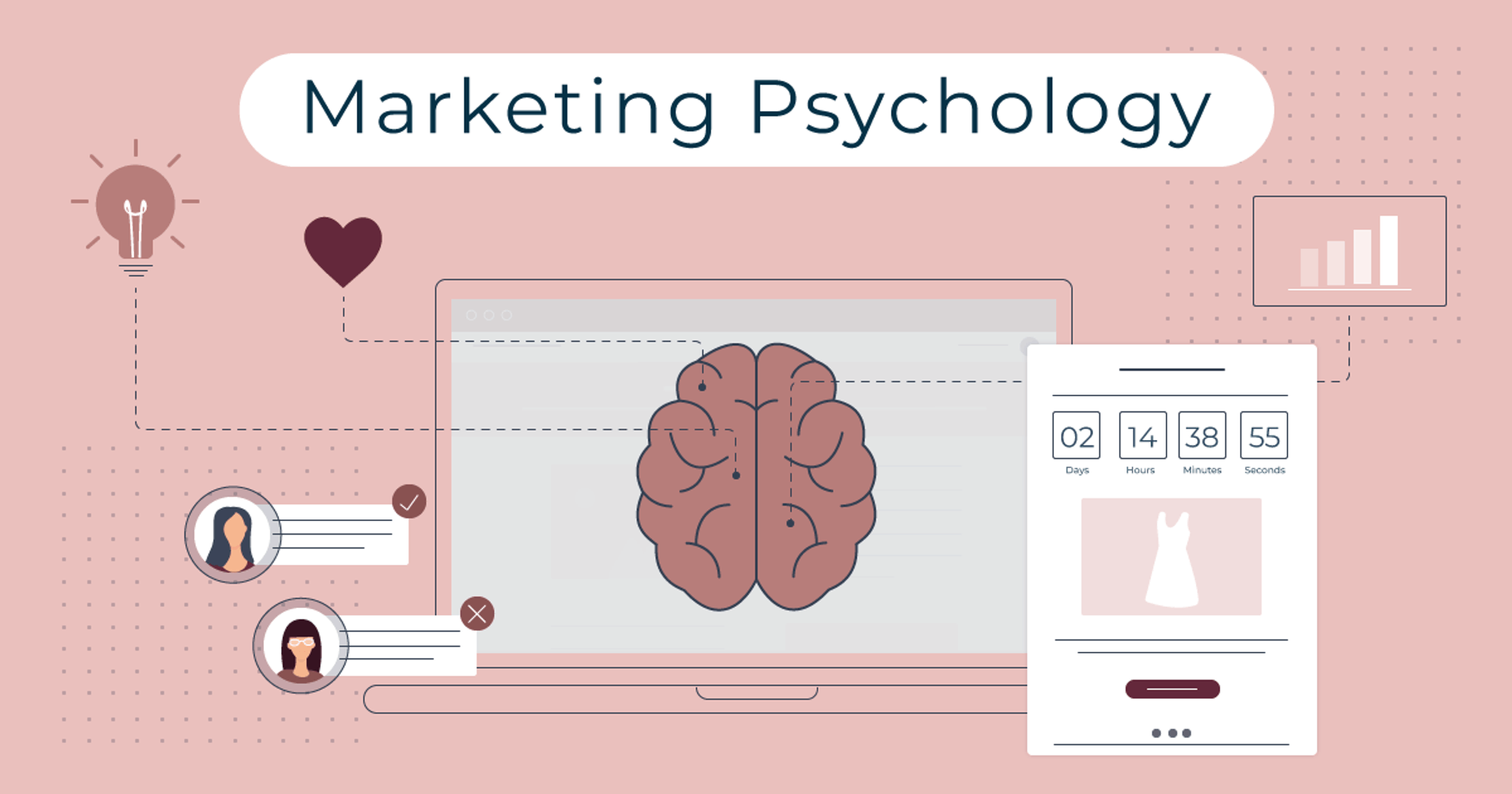Insight
Benefits of Building Chatbots with No-Code Tool (Without Coding)
Waveon Team
6/30/2023
0 min read
blogTocHead
Introduction
In today's fast-paced digital landscape, businesses are constantly seeking innovative ways to enhance customer experiences, generate leads, and personalize marketing efforts. One technology that has gained tremendous popularity in achieving these goals is chatbots. Chatbots, powered by artificial intelligence (AI), enable businesses to engage with their customers in real-time, provide instant support, capture leads, and deliver personalized marketing messages. Traditionally, developing chatbots required coding expertise, which limited their access to businesses without technical resources.
However, the emergence of no-code platforms has revolutionized the chatbot landscape, empowering marketers and non-technical professionals to create interactive chatbots without writing a single line of code. In this blog post, we will delve into the world of creating chatbots with no-code platforms and explore how businesses can leverage this technology to transform customer support, drive lead generation, and deliver personalized marketing experiences.
Understanding No-Code Chatbot Tools
Exploring the Concept of No-Code Development
No-code development refers to the creation of software applications or solutions without the need for traditional coding or programming. It allows individuals without technical expertise to build functional and interactive applications using visual interfaces and pre-built components. No-code platforms have gained significant popularity in recent years due to their ease of use, efficiency, and accessibility.
One of the main benefits of no-code development is its ability to empower non-technical professionals to create their own applications. Previously, developing software required a deep understanding of programming languages and coding syntax. However, with no-code platforms, individuals with little to no coding experience can easily create complex applications, including chatbots. This democratization of software development enables businesses to leverage the creativity and domain expertise of their non-technical staff, leading to increased productivity and innovation.
Evolution of Chatbot Development
Traditionally, the development of chatbots involved writing code from scratch. Skilled programmers would use programming languages like Python or JavaScript to build the bot's logic, handle user input, and generate appropriate responses. While effective, this approach required extensive coding knowledge and time investment.
The emergence of no-code platforms revolutionized chatbot development by providing user-friendly interfaces and pre-built components. These platforms offer a visual environment where users can drag and drop elements to design chatbot conversations and workflows. No-code chatbot platforms abstract the underlying code, allowing users to focus on the bot's functionality and user experience rather than the technical implementation.
Key Features and Capabilities of No-Code Chatbot Platforms
Drag-and-drop Interface for Easy Bot Creation: No-code chatbot platforms typically provide a visual interface that simplifies the bot creation process. Users can design conversation flows by arranging pre-built components, such as message blocks, buttons, and input fields, in a logical sequence. This intuitive interface eliminates the need for manual coding, making it accessible to users with varying levels of technical expertise.
Natural Language Processing and AI Integration: No-code chatbot platforms often incorporate natural language processing (NLP) capabilities, allowing chatbots to understand and respond to user input in a human-like manner. These platforms utilize machine learning algorithms to interpret and analyze text, enabling chatbots to handle complex queries and provide accurate responses. By leveraging AI integration, no-code chatbots can continuously learn and improve their understanding and performance over time.
Integration with Popular Messaging Platforms: No-code chatbot platforms facilitate seamless integration with popular messaging platforms, such as Facebook Messenger, WhatsApp, Slack, and others. This integration enables businesses to deploy their chatbots on multiple channels and reach a broader audience. Users can configure the chatbot to interact with users through these platforms, providing a convenient and familiar experience to customers.
Benefits of Building Chatbots with No-Code Tools:
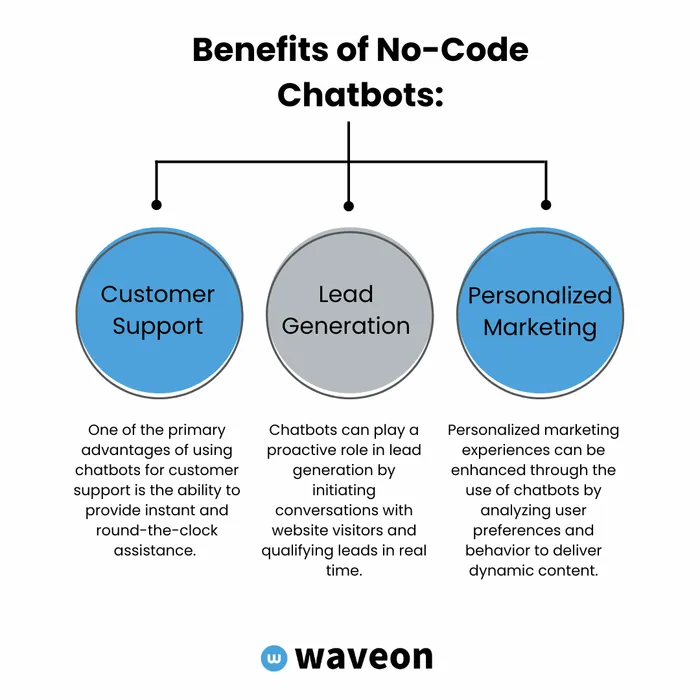
1. Enhancing Customer Support with Chatbots
A. Instant and 24/7 Customer Assistance
One of the primary advantages of using chatbots for customer support is the ability to provide instant and round-the-clock assistance. Unlike human agents who have limited availability, chatbots can handle customer queries and provide support at any time of the day or night. This 24/7 availability ensures that customers can receive immediate assistance, regardless of their time zone or when they encounter an issue.
Chatbots excel at answering frequently asked questions (FAQs) and resolving common queries. By leveraging their pre-programmed knowledge base, chatbots can provide quick and accurate responses to common customer inquiries. This not only saves time for both customers and support agents but also reduces the workload on human agents, allowing them to focus on more complex and specialized issues.
B. Seamless Multi-Channel Support
Chatbots can be seamlessly integrated across various communication channels, including websites, social media platforms, and messaging apps. This multi-channel support ensures that customers can interact with the chatbot using their preferred platform or channel, enhancing their convenience and providing a consistent support experience.
For instance, a customer may initiate a chatbot conversation on a company's website and continue the interaction later through a messaging app on their smartphone. The ability of chatbots to maintain context across channels enables a seamless and continuous conversation, eliminating the need for customers to repeat information or start over when switching channels. This integration across multiple channels enhances accessibility and meets customers' expectations for a consistent omnichannel support experience.
C. Interactive and Personalized Conversations
No-code chatbot platforms leverage natural language processing (NLP) capabilities to understand user intent and context. This enables chatbots to engage in interactive and personalized conversations with customers. By analyzing and interpreting user input, chatbots can provide tailored responses and recommendations based on the specific needs and preferences of each customer.
For example, a chatbot in an e-commerce setting can understand a customer's request for product recommendations based on their preferences, previous purchases, and browsing history. The chatbot can then provide personalized suggestions, enhancing the customer's shopping experience and increasing the likelihood of a successful purchase.
By personalizing conversations, chatbots can also gather valuable customer data and insights. These insights can be used to improve products, services, and marketing strategies, as well as to enhance the overall customer experience.
D. Escalation to Human Agents
While chatbots are effective at handling routine and straightforward queries, there are instances where complex or sensitive issues require human intervention. No-code chatbot platforms offer features that enable seamless escalation to human support agents when necessary.
When a chatbot identifies a query or situation that it cannot handle, it can smoothly transfer the conversation to a human agent. This transition can include transferring the chat history, relevant context, and any relevant information collected by the chatbot. By facilitating a smooth handover, chatbots ensure that customers do not experience any disruptions or frustrations during the escalation process.
Escalation to human agents also allows for a higher level of problem-solving and personalized assistance. Human agents can apply their expertise, empathy, and judgment to resolve complex issues, provide detailed explanations, or handle sensitive customer concerns. The combination of chatbots and human support agents working in harmony leads to a superior customer experience that balances efficiency and personal touch.
2. Driving Lead Generation with Chatbots
A. Proactive Lead Qualification and Collection
Chatbots can play a proactive role in lead generation by initiating conversations with website visitors and qualifying leads in real time. Instead of waiting for visitors to reach out for assistance, chatbots can engage users with personalized messages or prompts based on their browsing behavior or specific pages they visit. By engaging in conversation, chatbots can ask qualifying questions to gather information about the visitor's needs, preferences, and buying intent. This data can then be used to assess the lead's quality and prioritize follow-up actions accordingly.
Moreover, chatbots equipped with dynamic form-filling capabilities can simplify the lead collection process. Rather than redirecting visitors to external forms, chatbots can gather lead information directly through interactive and conversational interfaces. This eliminates friction and increases the likelihood of capturing leads as visitors are more likely to engage in a conversation than fill out a traditional form.
B. Interactive and Engaging Lead Nurturing
Once leads are identified and captured, chatbots can nurture them through interactive and engaging conversations. No-code chatbot platforms allow businesses to create customized conversational flows that guide leads through various stages of the buying journey.
Chatbots can provide targeted content, such as blog articles, e-books, or videos, based on the lead's specific interests and needs. This personalized content delivery establishes credibility, builds trust, and keeps leads engaged. Additionally, chatbots can offer product recommendations and discounts based on the lead's preferences, helping to drive conversions and increase sales.
Furthermore, chatbots can serve as a source of valuable information and assistance throughout the lead nurturing process. They can answer frequently asked questions, address concerns, and provide instant support, ensuring a positive and seamless experience for the leads.
C. Automated Appointment Scheduling
Chatbots can streamline the lead-to-conversion process by offering automated appointment scheduling. Instead of relying on traditional methods such as phone calls or email exchanges, leads can directly book appointments or demos with businesses through chatbot interfaces.
By integrating with calendars and scheduling systems, chatbots can present available time slots to leads and facilitate the scheduling process in real time. This automation eliminates back-and-forth communication and reduces the chances of missed opportunities or scheduling conflicts. As a result, businesses can efficiently convert leads into sales by providing a frictionless appointment booking experience.
D. Seamless CRM Integration
No-code chatbot platforms offer seamless integration with customer relationship management (CRM) systems. This integration enables chatbots to capture lead data and sync it with existing sales processes, ensuring that valuable lead information is properly managed and utilized. When a chatbot qualifies and captures a lead, it can automatically update the lead's information in the CRM system. This includes details such as contact information, conversation history, lead scoring, and any other relevant data collected during the interaction. This synchronized data empowers sales teams with up-to-date and comprehensive lead profiles, allowing for more personalized and effective follow-up strategies.
CRM integration also facilitates efficient lead handoff from chatbots to human sales agents. Once a lead is deemed qualified or requires human intervention, chatbots can seamlessly transfer the conversation and associated lead data to the appropriate sales representative. This handover ensures a smooth transition, preventing any loss of information or delays in the sales process.
By integrating chatbots with CRM systems, businesses can leverage the power of automation and data-driven insights to enhance lead generation, streamline sales processes, and optimize conversion rates.
3. Personalized Marketing Experiences
A. Dynamic Content Recommendations
Personalized marketing experiences can be enhanced through the use of chatbots by analyzing user preferences and behavior to deliver dynamic content recommendations. Chatbots can collect and analyze data such as browsing history, past purchases, and interactions with the bot to gain insights into the user's interests and preferences.
Based on this data, chatbots can recommend relevant products, articles, or resources to users. For example, an e-commerce chatbot can suggest related products based on a user's browsing history or previous purchases. By providing personalized recommendations, chatbots enhance the user's experience, increase engagement, and drive conversion rates.
B. Targeted Campaigns and Promotions
Chatbots enable businesses to segment their audience based on various criteria such as demographics, behavior, or preferences. By using segmentation, chatbots can tailor marketing messages and offer to specific audience segments, resulting in more targeted and effective campaigns.
For instance, a chatbot can collect information about a user's location, age, or interests and use that data to deliver customized promotions or marketing messages. This targeted approach increases the relevance of the marketing content, making it more likely to resonate with users and drive desired actions such as making a purchase or subscribing to a service.
C. Surveys and Feedback Collection
Chatbots can play a valuable role in collecting customer feedback through interactive surveys. By integrating survey functionalities into chatbot conversations, businesses can gather valuable insights directly from their customers in a conversational and engaging manner.
Chatbots can initiate post-purchase or post-support interaction surveys to gather feedback on the customer experience. By asking relevant questions and providing response options, chatbots can collect specific feedback that helps businesses understand customer satisfaction levels, identify areas for improvement, and make data-driven decisions to enhance their products or services.
D. Retargeting and Abandoned Cart Recovery
Retargeting and abandoned cart recovery are crucial strategies in personalized marketing, and chatbots can be effective tools for implementing them. When a customer shows interest in a product or service but does not complete the purchase, chatbots can be used to re-engage and encourage them to return and complete the transaction.
Moreover, chatbots can be integrated with other retargeting methods such as email marketing or social media advertising. By synchronizing customer data across platforms, chatbots can deliver consistent and personalized messages through multiple channels, maximizing the chances of re-engagement and conversion.
How to Build Chatbots with No-Code Tool
Chatbots have transformed the way businesses interact with customers, streamlining processes and enhancing user experiences. No-code platforms now enable individuals without coding expertise to develop sophisticated chatbots that provide value to users. Here's a detailed walkthrough of how to create a chatbot using a no-code tool, along with examples and data:
1. Choose a No-Code Chatbot Platform:
Select a platform that aligns with your requirements. For instance, intercom is renowned for its user-friendly interface and versatility, making it ideal for beginners.
2. Define the Chatbot's Purpose:
Let's say you have an e-commerce website. Your chatbot's purpose could be to provide product recommendations, answer customer inquiries, and guide users through the shopping process.
3. Design the Conversation Flow:
Plan the chatbot's dialogue flow. If a user asks about products, the bot should respond with categories, and based on user choices, lead them to specific product recommendations or details.
4. Create the Chatbot's Content:
For instance, when a user asks "What products do you have?", the chatbot should reply, "We offer a wide range of products, including electronics, clothing, and accessories. Which category interests you?"
5. Set Up Triggers:
Place the chatbot on your website, triggering its appearance when a user clicks the "Chat" button. This engages users actively seeking information or assistance.
6. Add Logic and Actions:
If a user selects "Electronics," the chatbot can display options like "Phones," "Laptops," and "Accessories." Based on the user's choice, it can display product listings and gather user preferences.
7. Integrate External Tools (If Needed):
For instance, if users express interest in a specific product, the chatbot can collect their email addresses and integrate with your email marketing tool to send personalized product recommendations.
8. Test the Chatbot:
Initiate conversations with your chatbot, testing various scenarios to ensure seamless conversation flows. Identify any gaps or issues that need refining.
9. Deploy the Chatbot:
Integrate the chatbot into your website or preferred platforms. Users can now interact with the chatbot, enhancing their experience and guiding them toward desired actions.
10. Monitor and Optimize:
Leverage the analytics offered by the no-code platform. Track metrics such as engagement rates, conversation completion rates, and user feedback to identify areas for improvement.
11. Iterate and Update:
Based on insights gathered from user interactions and analytics, fine-tune your chatbot's responses, add new features, and optimize the conversation flow.
Conclusion
No-code platforms have democratized chatbot development, allowing businesses of all sizes to leverage the power of interactive conversational AI. Creating chatbots with no-code platforms offers tremendous potential to enhance customer support, drive lead generation, and deliver personalized marketing experiences. With drag-and-drop interfaces, natural language processing capabilities, and seamless integrations, businesses can now create intelligent and engaging chatbots without relying on technical resources.
As the demand for real-time customer interactions and personalized marketing continues to grow, embracing no-code chatbot platforms has become a strategic imperative for businesses. By harnessing this technology, organizations can optimize customer experiences, capture valuable leads, and stay ahead in the ever-evolving digital landscape. It's time to unlock the potential of no-code chatbot platforms and revolutionize your customer engagement and marketing strategies.

